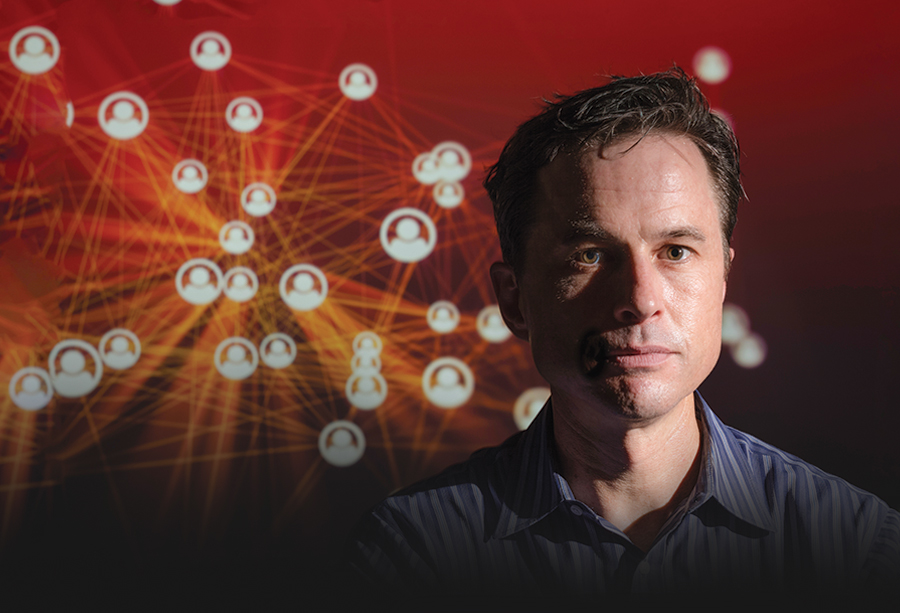
moments
of truth
n 2020, after placing first in a legal writing competition, Alexander “Sasha” Rojavin ’14 reached out to Professor of German and Film & Media Studies Sunka Simon to thank her. Rojavin’s article, which discussed federal counter-disinformation legislation reform, had its genesis in an independent study he took with Simon in 2014. As a film & media studies and theater double major, he was fascinated by propaganda films, and together, they designed a course to examine the intersections between the arts, humanities, and information warfare.
Six years later, the class and Rojavin’s email sparked an idea for Simon: Swarthmore could bring together academics from different disciplines to tackle the multifaceted problem of disinformation.
“In her characteristic, bombastic, take-no-prisoners style, Sunka said, ‘Let’s turn this into a class,’” recalls Rojavin. “I thought that she was joking, but she wasn’t.”
“I think it’s really important that the liberal arts are wrestling with this in an academic fashion,” says Simon. “And then we need to begin thinking outwards, stretching our feelers into communities of content producers and policymakers so this can be a truly interdisciplinary, cross-sectoral project.”
Rojavin, who is fluent in Russian, has immersed himself in this varied approach to studying disinformation: He earned a communications master’s degree at Temple University, writing a thesis on the broadcasting landscape in Ukraine, and subsequently obtained a law degree. He currently works as an intelligence, media, and policy analyst and also lectures on post-Soviet information warfare at the Middlebury School of Russian during the summer.
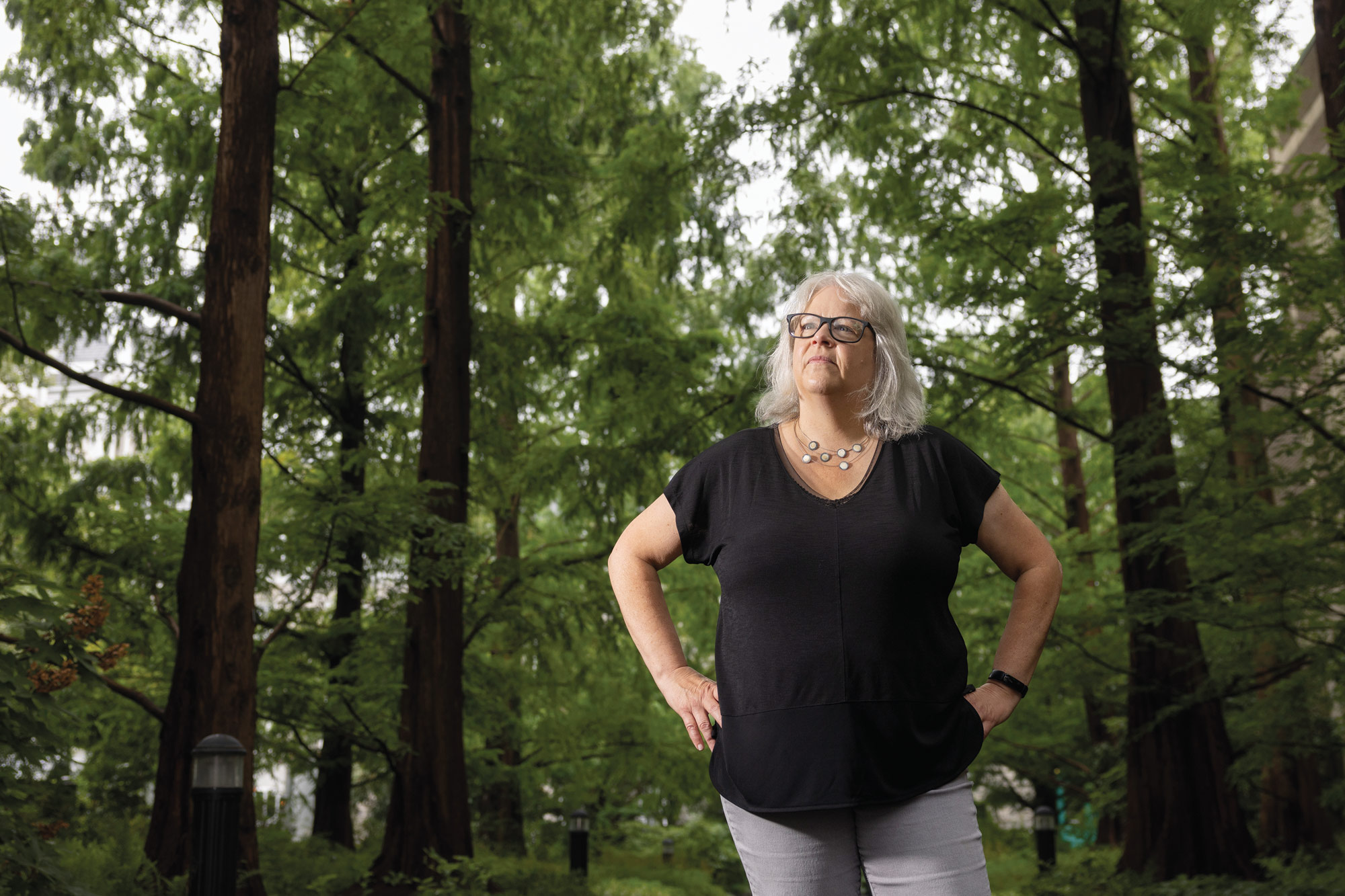
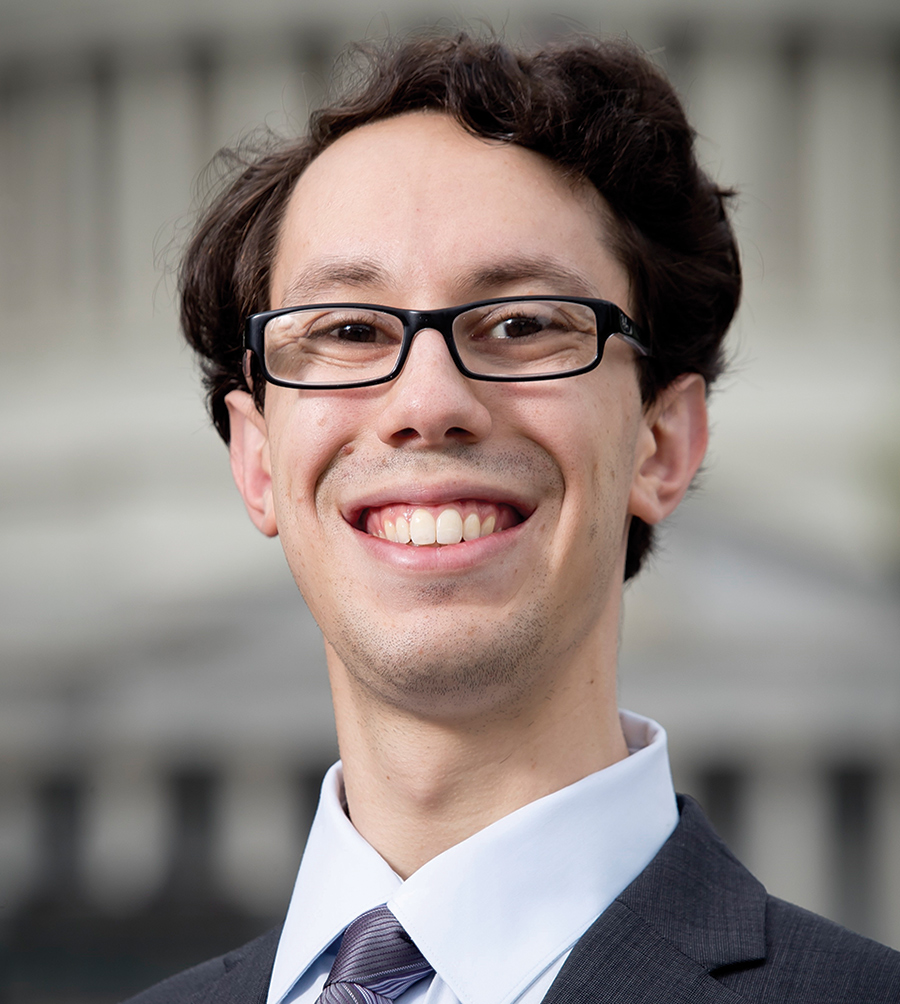
“If we think of information warfare in biological terms, we can compare individual disinformation narratives to viral strains and counter-disinformation measures like improving digital literacy to vaccines, because they are preventative. And at this time, preventative measures are known to be more effective in combating disinformation spread,” Rojavin says.
The duo is currently working on a scaled-up version of the symposium that aims to bridge the implementation and knowledge gaps between government, academia, and the private sector.
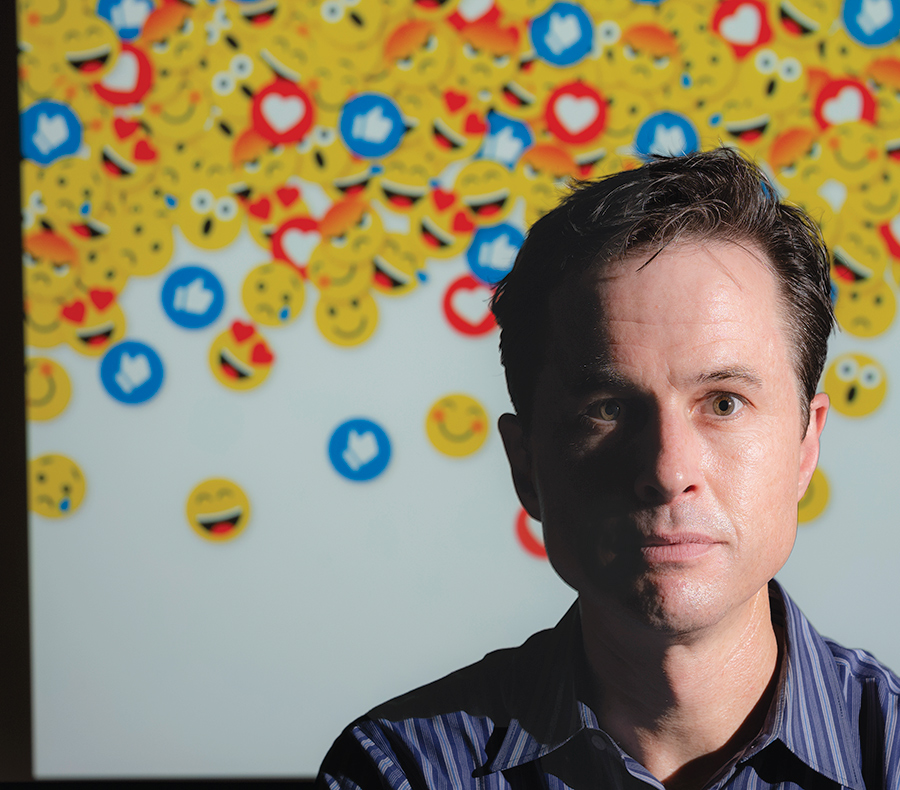
a tricky needle to thread
Brendan Nyhan ’00, James O. Freedman Presidential Professor in the Department of Government at Dartmouth College, says that “disinformation” refers to knowingly false claims that are spread with malicious intent, while “misinformation” is considered to make no assumptions about the beliefs or motives of those involved.
“It can be very compelling to talk about disinformation, and it would be nice if the problem were as simple as bad actors intentionally spreading false claims,” explains Nyhan. “However, there are many more people who hold these beliefs sincerely and repeat them because they think they are true. That’s why this is such a complex issue.”
Nyhan’s research focuses on misperceptions about politics and health care and has received attention for its surprising findings on misinformation: For example, a 2020 study he undertook concluded that the effect of “fake news” on the U.S. presidential election was exaggerated.
“As we examined the data, I was struck by the extent to which it showed that exposure to untrustworthy information was largely concentrated among the 10 percent of Americans with the most conservative news diets,” says Nyhan. “It’s still a problem because some of them are consuming quite a lot. But the story that the data told was very different from the one we were hearing in the news.”
Another study by Nyhan suggested that YouTube’s algorithm isn’t pushing users toward extremist or white supremacist channels unless they have already shown a strong interest in that type of fringe content. And though the number was very small relative to the entire YouTube user base, Nyhan worries that such groups have grown “disproportionately visible in public life as their claims are being mainstreamed by influential political leaders.”
“Consolidating the power to regulate speech into the hands of relatively few private companies is potentially dangerous,” he says. “It’s a tricky needle to thread because efforts to clamp down on misinformation risk harming principles of free and open debate and can easily become quite illiberal themselves.”
Instead, Nyhan argues for greater transparency from tech companies, which has been the focus of concerned citizens like Brandon Silverman ’02.
opening the black box
CrowdTangle became increasingly important for groups such as think tanks, human rights activists, and academic researchers, as it grew into one of the most valuable tools for monitoring social media.
But all was not well; as the New York Times reported in January of 2022 the efforts of Silverman and his team to expand transparency on the platform “had increasingly become an irritant to his bosses, as it revealed the extent to which Facebook users engaged with hyperpartisan right-wing politics and misleading health information.”
In October 2021, Silverman left Facebook and began working with legislators, both in the U.S. and abroad, on creating a robust legal framework that would require companies to share data and be more open about their algorithms, rather than allowing them to maintain inscrutable “black boxes” of information.
Reflecting on the challenges of expanding transparency from within Facebook itself, he told the U.S. Senate Judiciary Subcommittee on Privacy, Technology, and the Law on May 6, “When your data is misinterpreted to create a misleading narrative that is repeated for months on end in some of the most prominent news outlets in the country, it’s uncomfortable. … Those moments take a toll on your team.”
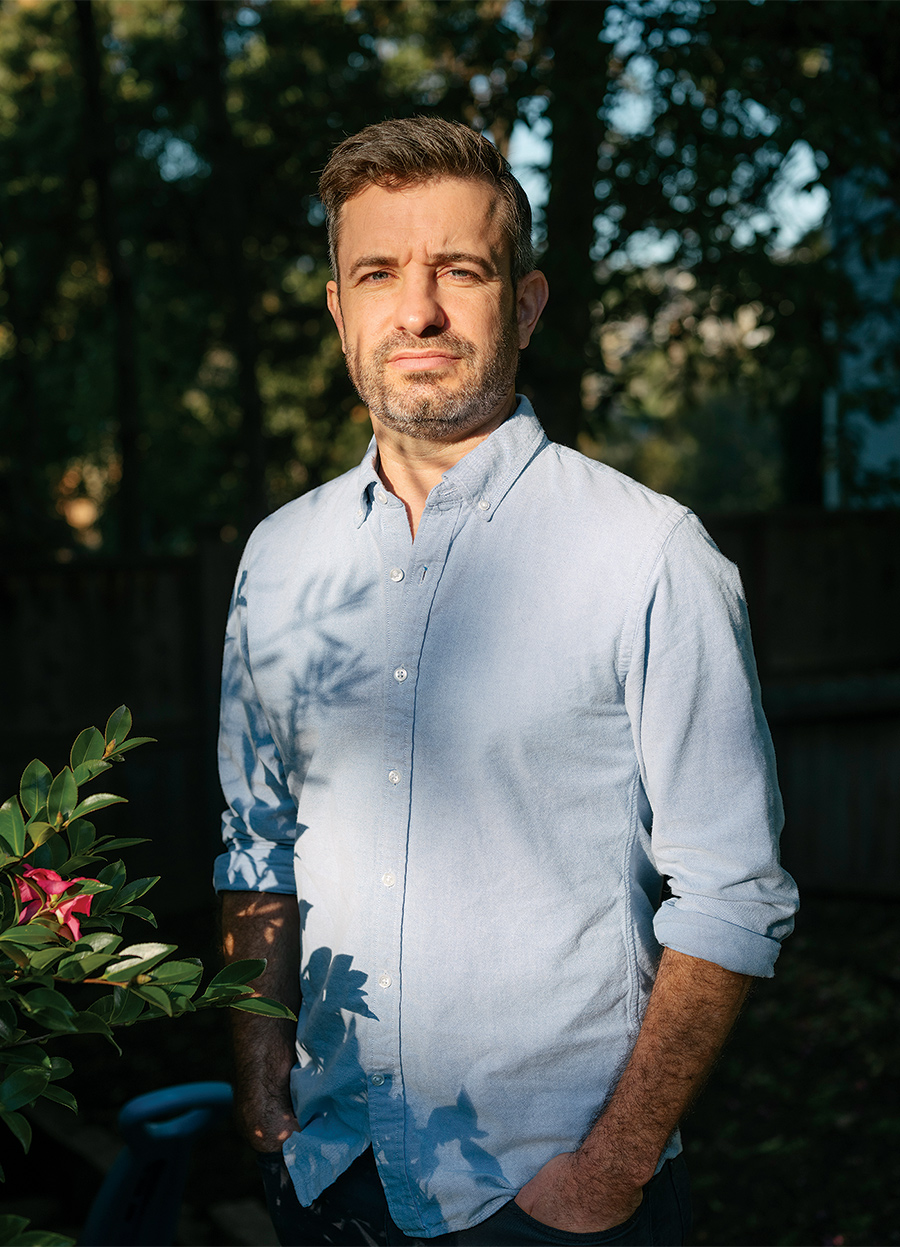
Silverman has also advised lawmakers on language in the Digital Services Act, a piece of legislation that was approved by the European Parliament in July. Similar to PATA, DSA requires greater transparency regarding recommendation algorithms and data sharing with authorities and researchers.
“Too much of what we think about misinformation is based on anecdotal data, and we don’t have a baseline truth that is informed by peer-reviewed research,” says Silverman, who is co-teaching a Stanford University course on transparency this fall.
“Putting this data in the hands of researchers is important because we have an entire field of study that is trying to build a really important corpus of knowledge for the world, but it doesn’t have the data it needs to do it.”